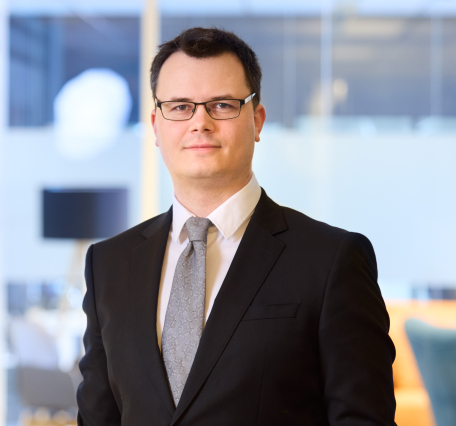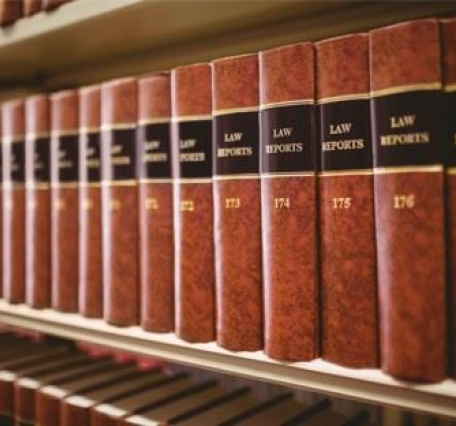

T 2048/21: On sufficiency of disclosure in a mechanical invention
Background
The Patent is about appropriately controlling modules in a wind turbine so as to reduce vibrations and noise in the wind turbine. Claim 1 of AR1 featured, among other things, a generator and another module configured to calculate a certain parameter.
Sufficiency regarding a specific generator in the description vs a more general generator in the claim
AO argued that claim 1 could not be carried out over the whole range claimed because the Patent disclosed only a specific type of the generator - permanent magnet synchronous machines – whereas claim 1 was not limited thereto. According to AO, the Patent did not provide sufficient information to enable the skilled person to minimize vibration or noise in non-permanently excited machines. The Patentee argued that the skilled person would understand that the invention was also applicable to other types of generators.
The Board found no apparent reason to assume that the invention according to claim 1 was not applicable to other types of generators. The Board agreed with the Patentee that the invention as defined in claim 1 contained nothing specific to or exclusively related to the use of permanent magnets in a synchronous generator. The Patent did not describe the noise/vibration to be in such a way that the claimed arrangement could only be used for a particular type of machine.
According to the Board, the skilled person would not have understood the invention to be limited to only the specific type of generator, because the overall disclosure of the Patent did not contain information which would lead a skilled person to believe that the invention could be used exclusively for permanent magnet synchronous generators.
Rather, it could be reasonably assumed that the claimed invention could be used also in other types of generators while achieving the claimed technical effect of reducing noise/vibrations of a wind turbine.
Sufficiency regarding the calculating of the parameter
AO further argued that the Patent did not provide sufficient information on how to calculate the certain parameter – a first type of d-component of a reference current – and that the skilled person would not have been able to fill the gaps in the disclosure of the Patent.
The Board agreed with AO that the Patent did not contain a detailed description of how the certain parameter was generated. However, in the Board’s view, the conclusion that the skilled person would not have been able to fill these gaps in the disclosure of the Patent did not appropriately take into account the level of common general knowledge of the skilled person. AO identified the skilled person as a team of development engineers with several years of professional experience in the field of wind turbines and converter technology. The Board fully agreed with this definition.
According to the Board, the common general knowledge of the skilled person included profound knowledge of the implementation details of involved control system and its components, including technical details necessarily implemented to calculate the certain parameter. The Board noted that the level of detail which the appellant has objected to as being lacking in the Patent was not normally found in patents or patent applications in this technical field.
The Board considered that their understanding was also supported by the disclosure of prior art documents E7 and E11. For example, the Board found that the relevant information was normally limited to a schematic representation of the required processing blocks and that, unless otherwise described, their technical implementation required the use of standard components and/or algorithms, the existence and operation of which were fully known to the skilled person and to which the skilled person could also make any necessary adaptations within the limits of what was generally known to them.
According to the Board, the Patent contained nothing that could lead the skilled person to assume that the components required to carry out the invention and their configuration involved non-standard means which the skilled person did not know or could not (re)configure. Consequently, it could be reasonably assumed that the skilled person in the relevant technical field was sufficiently familiar with the technical details required to implement the relevant processing components in practice.
Decision of the Board
The claims were held sufficiently disclosed. Moreover, as the claims were also considered to be novel and inventive, the Board decided to dismiss the appeal.
More about case: T 2048/21






